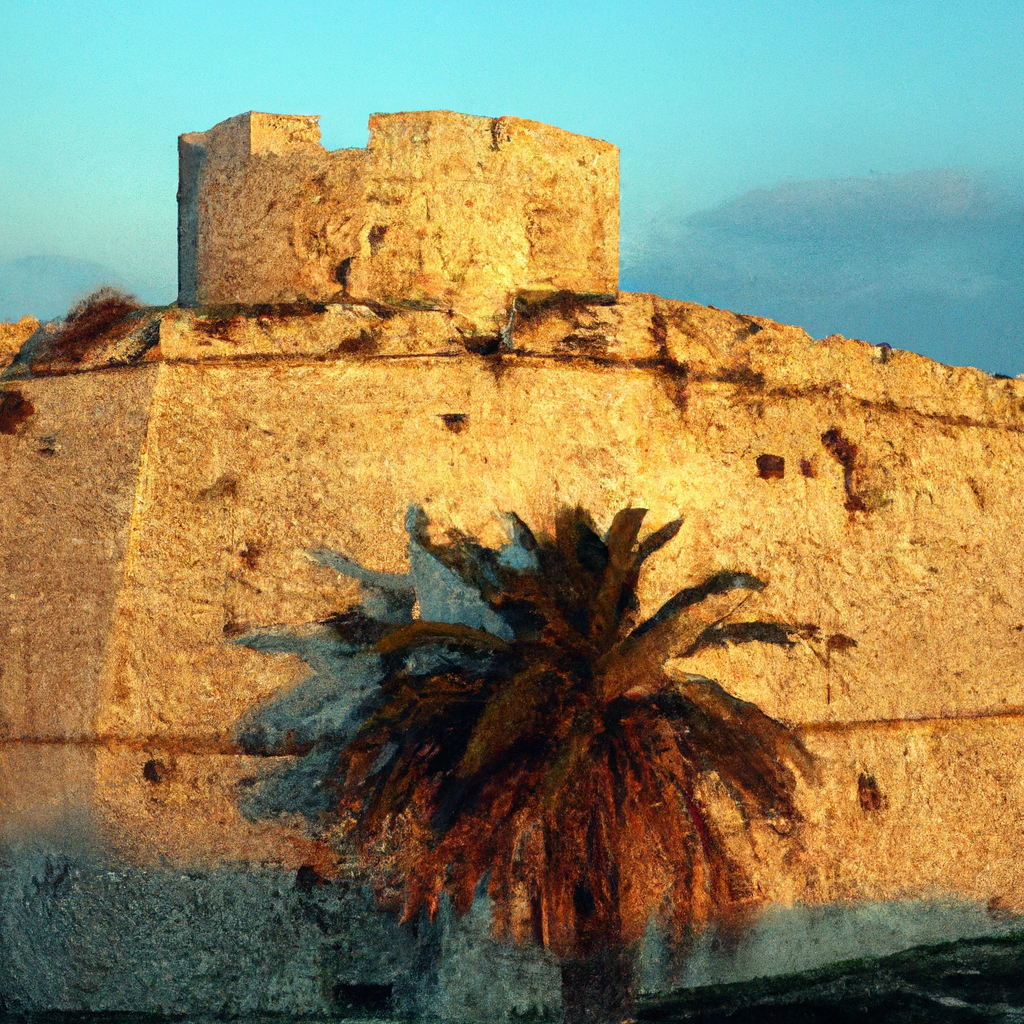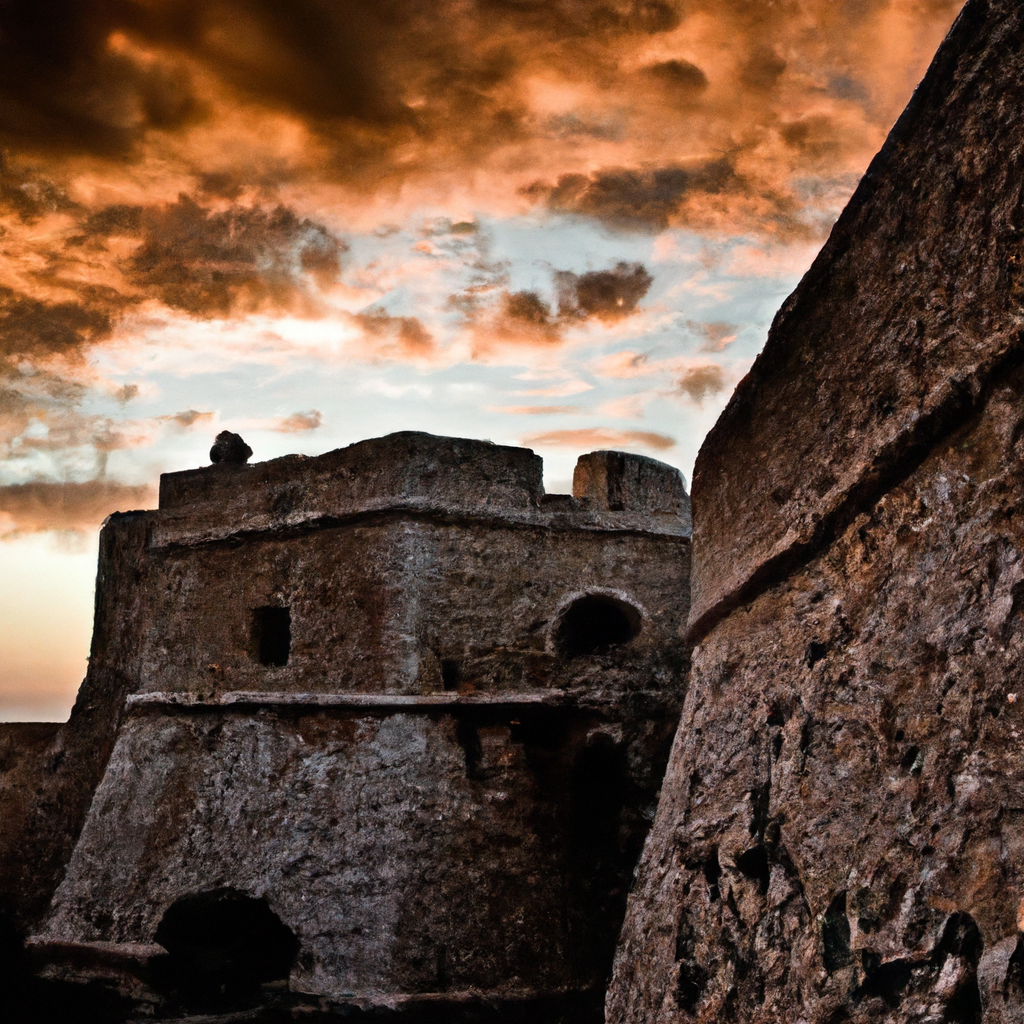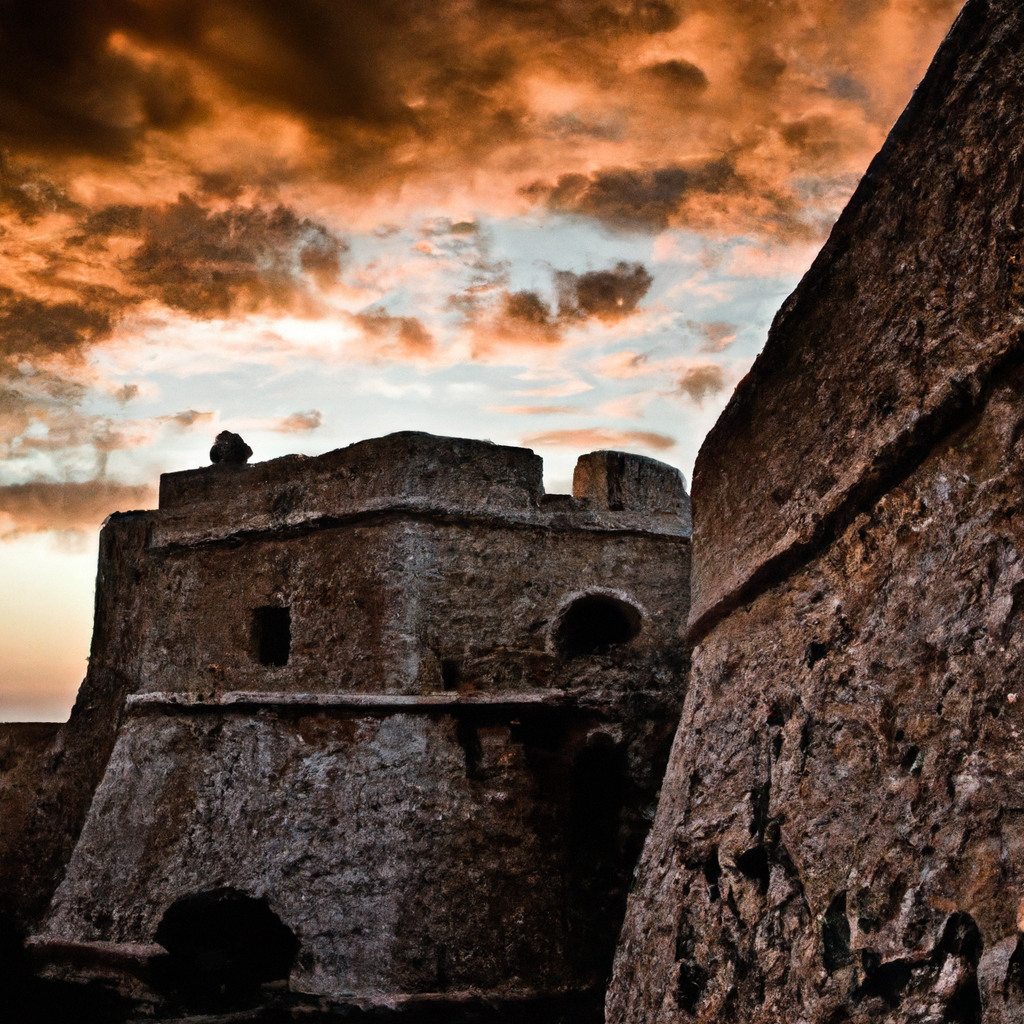Imagine exploring a world where history and mythology blend together, creating an enchanting tapestry that stretches across the Greek islands. Nestled within this captivating landscape are the Venetian fortresses, silent witnesses to centuries of tumultuous events. These magnificent structures bear witness to the extraordinary tales of conquest, battles, and resilience, offering an intriguing glimpse into the rich historical tapestry that defines the Greek islands. Discover the fascinating stories behind these Venetian fortresses and embark on a journey through time, as you uncover the secrets that lie within their ancient walls.
4th Century BC – Roman Conquest of Greece
During the 4th century BC, the Roman Empire embarked on the conquest of Greece. However, at this time, Venetian fortresses did not exist in the Greek Islands. The Romans focused their efforts on establishing their rule over the region, and the construction of fortresses was not a priority. While the Roman conquest would have a significant impact on the Greek Islands, it would take several centuries before the Venetians would leave their mark on these picturesque islands.
13th Century AD – Byzantine Rule
Following the fall of the Roman Empire, the Greek Islands came under Byzantine rule in the 13th century AD. This marked a period of stability and prosperity for the islands, and the Byzantine Empire sought to strengthen its control over the region. As a result, the construction of Byzantine fortifications became a prominent feature of the Greek Islands during this time. These fortifications were strategically positioned to defend against potential invasions and secure the Byzantine presence in the area.

1204 AD – Fourth Crusade and the Rise of Venetian Rule
In 1204 AD, the Fourth Crusade led to the capture of Constantinople, and with it, the rise of Venetian rule in the Greek Islands. The Venetians, known for their naval power and strategic prowess, quickly established themselves as the dominant force in the region. They recognized the significance of the Greek Islands as a strategic stronghold and promptly began constructing fortresses to fortify their rule. These Venetian establishments would become iconic symbols of Venetian influence and power in the Greek Islands.
14th Century AD – Expansion of Venetian Power
The 14th century AD witnessed a significant expansion of Venetian power and influence in the Greek Islands. To ensure the security of their territories, the Venetians focused on strengthening the existing fortresses and constructing new ones. The fortresses served as vital defensive structures, protecting the islands from potential invaders, such as pirates and rival empires. The Venetians spared no effort in fortifying their presence, leaving behind a legacy of impressive and imposing fortifications that still stand today.

16th Century AD – Ottoman Threat and Defenses
During the 16th century AD, the powerful Ottoman Empire posed a significant threat to the Venetian rule in the Greek Islands. In response, the Venetians developed elaborate defense strategies to safeguard their territories. The existing fortresses underwent extensive enhancements, including the addition of new walls, towers, and other defensive elements. These improvements aimed to withstand the Ottoman advances and preserve Venetian control over the Greek Islands.
17th Century AD – Decline of Venetian Rule
By the 17th century AD, the power and influence of the Venetian Republic had started to decline. As a result, limited efforts were made to maintain and repair the fortresses in the Greek Islands. The Venetians were facing numerous challenges from various quarters, and their focus shifted away from the islands. Consequently, the once-mighty fortresses began to crumble and fall into disrepair, setting the stage for a new era in the islands’ history.
18th Century AD – Ottoman Conquest and Neglect
The 18th century AD marked a period of turmoil and change in the Greek Islands. The Ottoman Empire eventually conquered the Venetian territories, including the fortresses. The new rulers, uninterested in maintaining the Venetian fortifications, allowed many of them to fall into ruin. Neglect and abandonment became the fate of these once-mighty structures, which stood as haunting reminders of a bygone era.
19th Century AD – Rediscovery and Restoration
The 19th century AD witnessed a renewed interest in the Venetian fortresses of the Greek Islands. Explorers and scholars embarked on expeditions to document and study these ancient structures. Their findings brought to light the historical significance of the fortresses, shedding new light on the region’s rich past. This discovery paved the way for restoration and conservation efforts aimed at preserving these cultural heritage sites for future generations to appreciate and admire.
20th Century AD – Preservation and Tourism
In the 20th century AD, the importance of the Venetian fortresses in the Greek Islands for tourism became increasingly evident. These architectural marvels, with their stunning views and poignant historical significance, became major attractions for travelers from all around the world. Realizing the potential economic and cultural benefits, preservation projects were initiated to ensure the longevity of these fortresses. Today, visitors can explore these magnificent structures, immersing themselves in the captivating stories of the past.
Conclusion
The Venetian fortresses in the Greek Islands stand as a testament to the rich history and significance of these captivating destinations. From their origins under Byzantine rule to their transformation under Venetian influence, these fortresses have witnessed centuries of change and turmoil. Their construction and development reflect the strategic considerations and defensive priorities of their respective eras. Despite the ravages of time and neglect, the rediscovery and restoration efforts have preserved these fortresses for future generations to admire and appreciate. As cultural heritage sites, they continue to inspire awe and fascination, connecting visitors to the ancient past and leaving an indelible legacy of Venetian rule in the Greek Islands.
